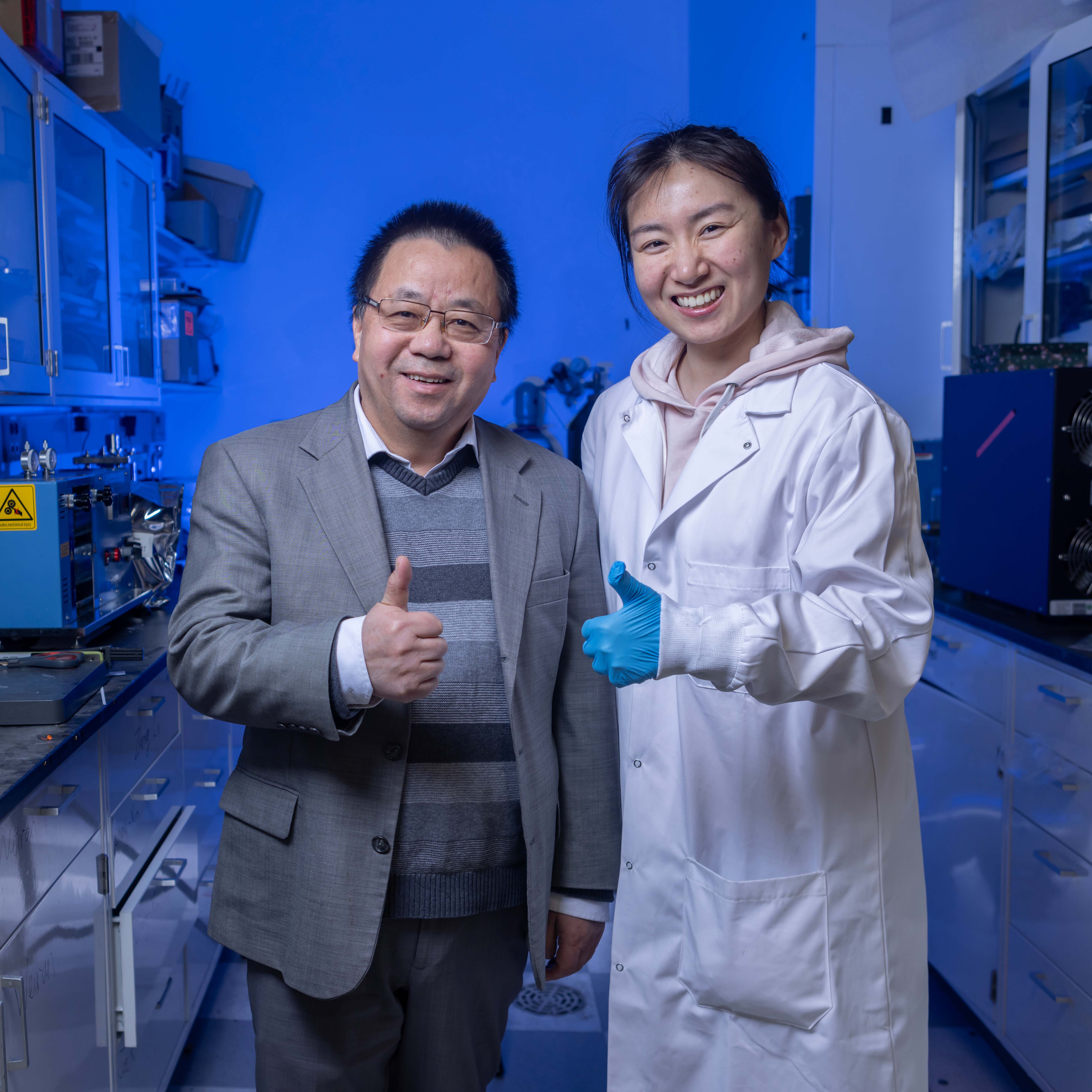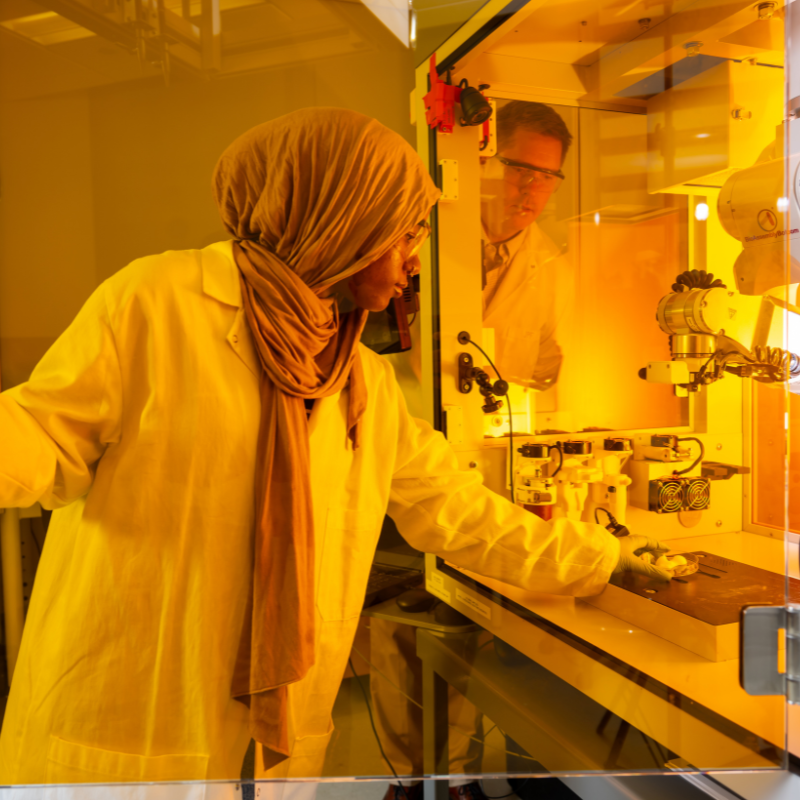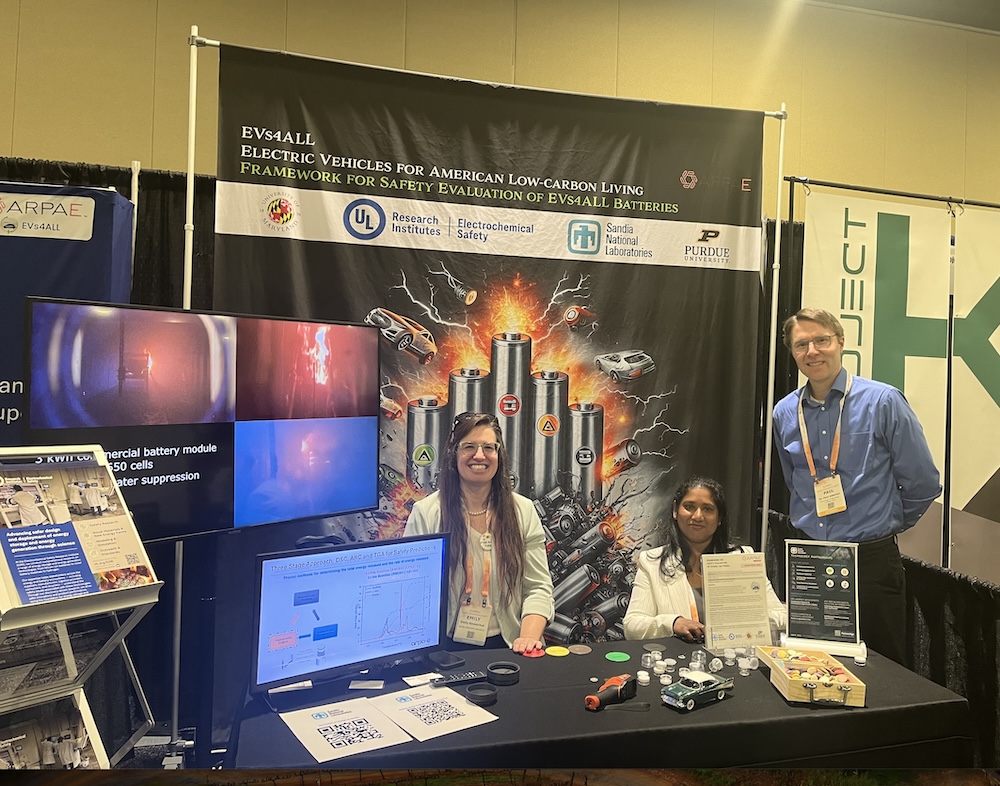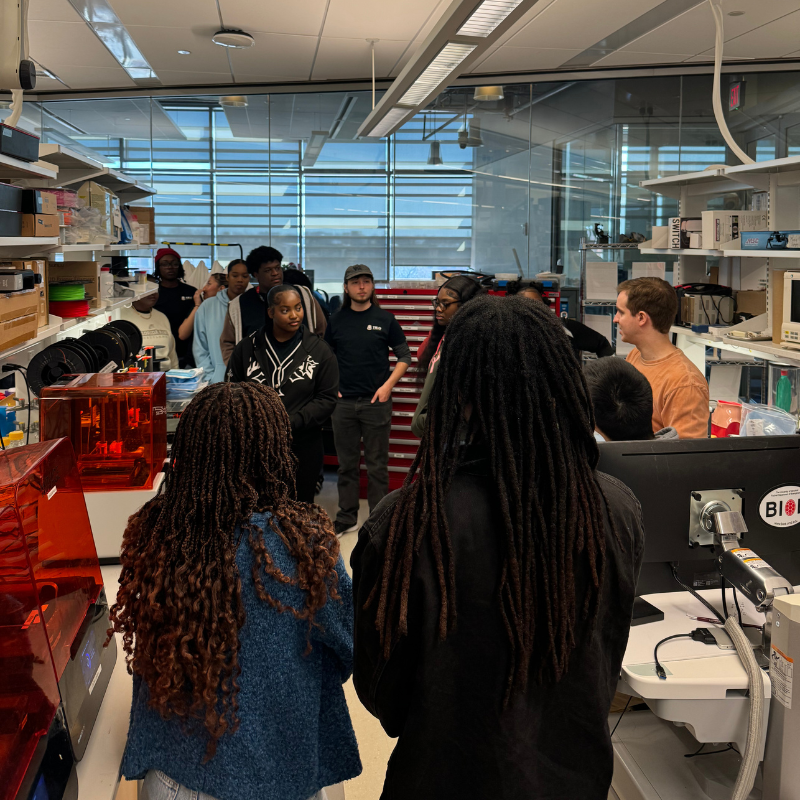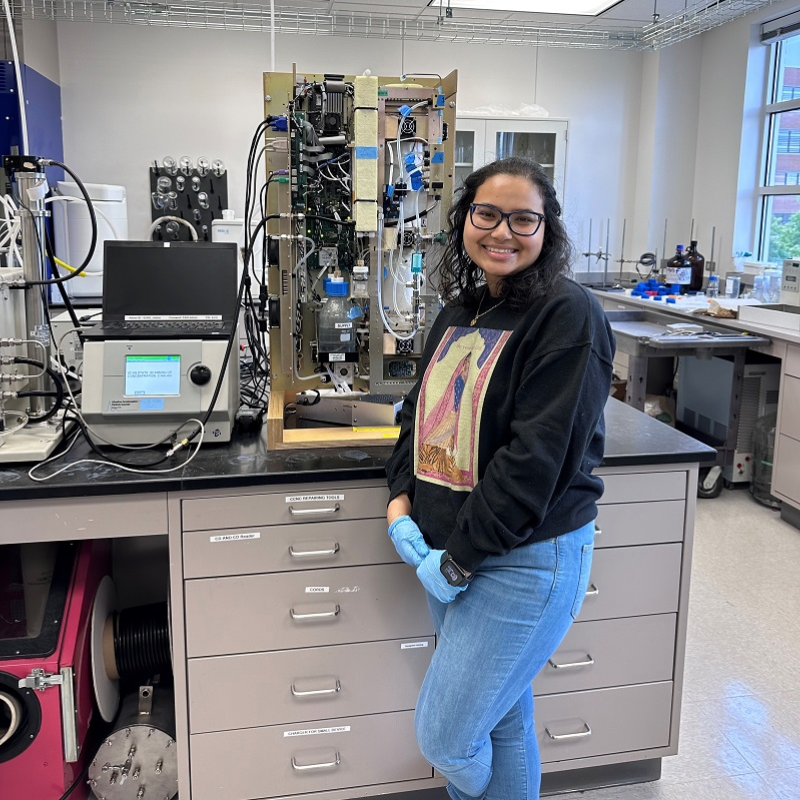News Story
Engineering Algae to Produce Biofuel
Department of Chemical and Biomolecular Engineering (ChBE) graduate student Andrew Quinn, co-advised by ChBE assistant professor Ganesh Sriram and Cell Biology and Molecular Genetics professor Steve Hutcheson, has received a 2012 Hulka Energy Research Fellowship from the University of Maryland Energy Research Center (UMERC) for his proposal to engineer photosynthetic marine algae to produce advanced carbon-neutral biofuels and chemicals.
Hulka Energy Research Fellowships support graduate students engaged in selected fields of alternative energy research, including solar energy conversion, biofuels, wind energy, wave energy, and ocean thermal or geothermal energy. Hulka Energy Research Fellows receive up to $20,000 to complete a one-year personal project distinct from the research they perform for their advisors.
Currently, most biofuels are manufactured by using yeasts or bacteria that convert sugars derived from crops like corn and sugarcane into alcohols, or by harvesting oil from crops like soybeans for conversion into biodiesel. Quinn is studying a third option: using a single-cell marine alga called Phaeodactylum tricornutum (Pt) to produce isoprene, a reduced-carbon compound that is a precursor to biofuels, including true diesel. The idea for the project came out of discussions between Hutcheson and Sriram, whose group has been working on understanding Pt's metabolism.
Using Pt to produce biofuel is in many ways an attractive solution: it does not require agricultural land, fertilizer or fresh water; it is sustainable and environmentally friendly; it can be grown very quickly in seawater; and, unlike hydrogen or ethanol, it would not require the development of any new energy infrastructures, because isoprene can be used to produce fuel identical to ordinary diesel.
The biggest challenge, Quinn explains, is to coaxing the algae to produce enough isoprene to make it worth the effort.
"Our lab addresses this problem by analyzing the metabolic pathways within Pt," he explains. "Once we understand the inner workings of the cell, we can determine how much fuel precursor it's capable of producing, as well as the factors limiting that production. We can then further modify the organism through genetic engineering to remove or reduce those constraints so it's optimized to produce fuel."
Watch an interview with Andrew Quinn, in which he explains his research and goals. Video courtesy of UMERC.
Quinn chose to pursue his graduate studies at the Clark School for its thriving energy research community, and joined ChBE because it offered him the "broadest toolset" to use to pursue his personal interests and goals.
"Because of the wide range of energy initiatives underway here," he says, "and because of the resources available, I am already collaborating with experts from other departments. I hope to work with some of the energy-based companies on campus with unique facilities and instrumentation that could advance my research."
"It was a great personal honor to have my work selected by the Hulka Fellowship committee as having great potential to meaningfully contribute to the field of energy research," Quinn adds, noting that the support he receives will allow him to remain engaged in research full-time throughout the year. He looks forward to publishing and presenting his results.
"In the future, we hope to move our process out of the lab and scale it up to analyze the potential for commercial success. We believe that marine algae will eventually replace fossil fuels as the main source of numerous products, including diesel fuel and rubber."
For More Information:
Visit Professor Sriram's web site »
Published March 2, 2012
